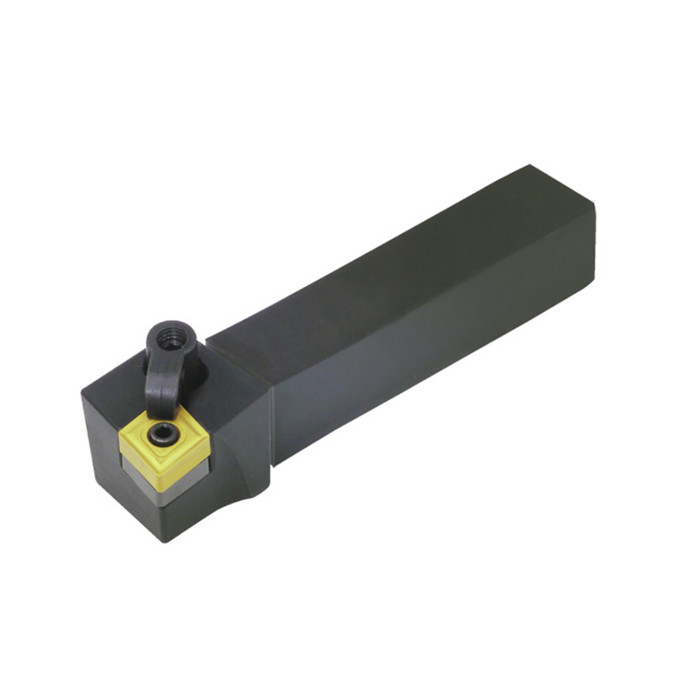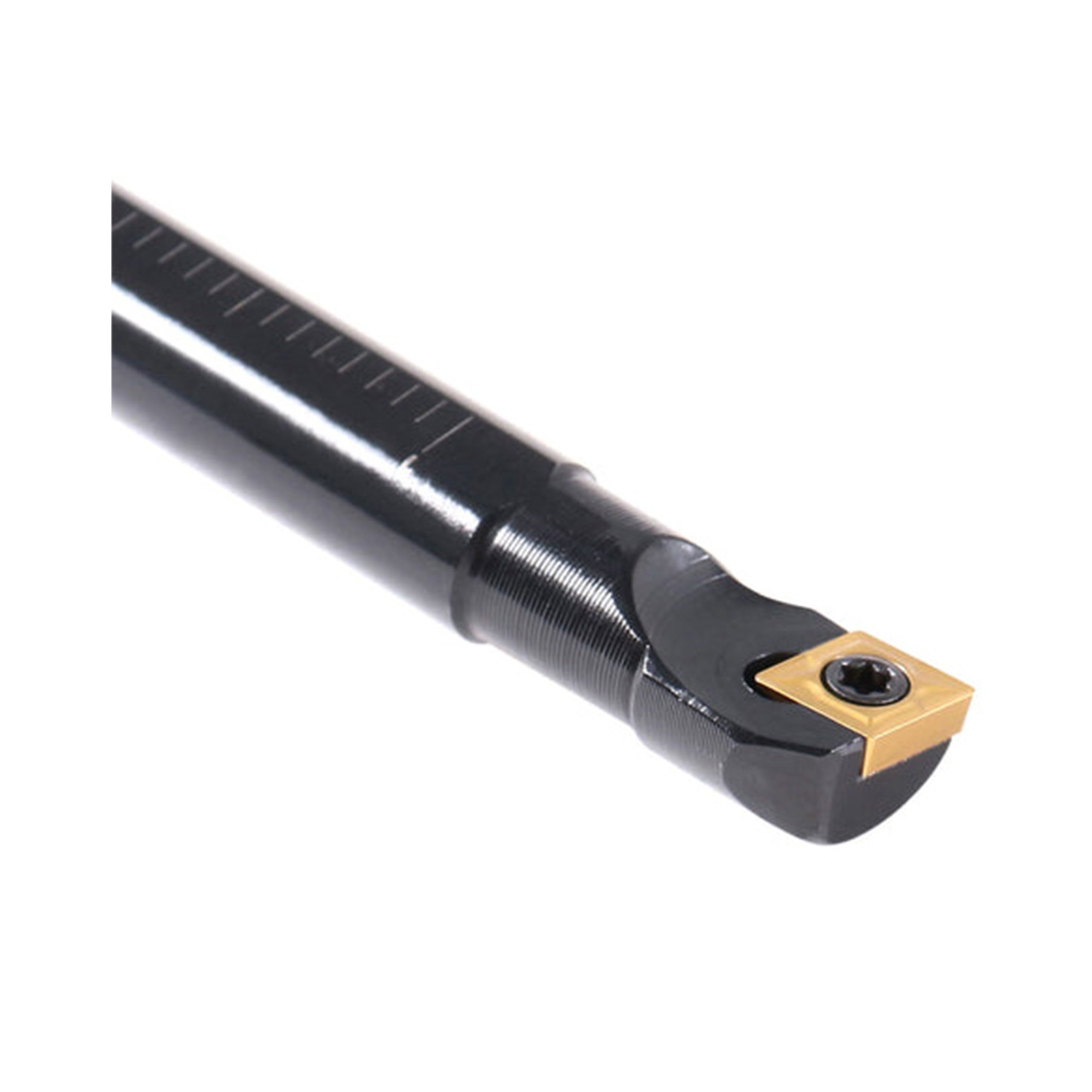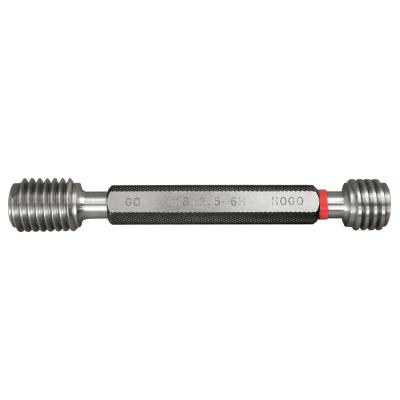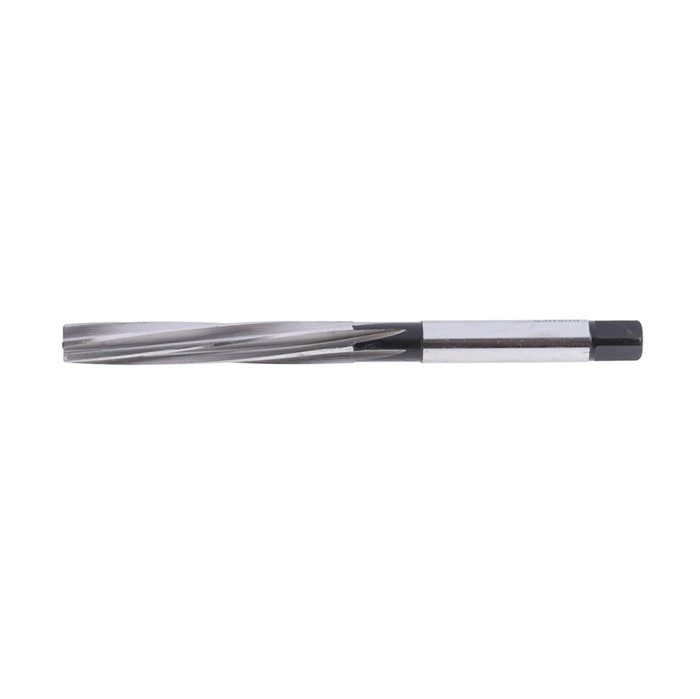High-Quality solid carbide cutting head
High-Quality solid carbide cutting heads are essential tools in various industries, offering superior precision and durability for machining a wide range of materials. This guide explores the key features, applications, selection criteria, and maintenance tips for these cutting heads, helping you make informed decisions and maximize their performance.
Understanding Solid Carbide Cutting Heads
Solid carbide cutting heads are made from a solid piece of tungsten carbide, a composite material known for its exceptional hardness, wear resistance, and high-temperature performance. This construction provides significant advantages over other materials, especially when working with abrasive or difficult-to-machine materials.
Advantages of Solid Carbide
- High Hardness and Wear Resistance: Solid carbide can withstand high cutting forces and temperatures, resulting in extended tool life and reduced downtime.
- Superior Precision and Surface Finish: The inherent rigidity of solid carbide allows for tighter tolerances and smoother surface finishes.
- Versatility: Solid carbide cutting heads are suitable for machining a wide range of materials, including steel, stainless steel, aluminum, and composites.
- High-Speed Machining Capability: Their ability to maintain sharpness at high speeds enables increased productivity.
Applications of Solid Carbide Cutting Heads
High-Quality solid carbide cutting heads find use in diverse sectors due to their efficiency and reliability.
Aerospace Industry
In aerospace, these tools are used for machining critical components with stringent tolerance requirements, such as turbine blades, engine parts, and structural elements. The precision and reliability of solid carbide are crucial for ensuring the safety and performance of aircraft.
Automotive Industry
Automotive manufacturing relies heavily on solid carbide cutting heads for machining engine blocks, cylinder heads, gears, and other precision parts. The high-speed machining capability contributes to mass production efficiency.
Medical Industry
Medical device manufacturing demands extremely high precision and surface finish. Solid carbide cutting heads are employed in machining implants, surgical instruments, and other critical medical components, ensuring patient safety and device performance.
Electronics Industry
The electronics industry uses these cutting heads for creating circuit boards, microchips, and other miniature components. The ability to machine intricate designs with high accuracy is essential in this field.
Selecting the Right Solid Carbide Cutting Head
Choosing the appropriate high-quality solid carbide cutting head for a specific application requires careful consideration of several factors.
Material to be Machined
The material being machined is a primary consideration. Different grades of carbide are optimized for specific materials. For example, machining aluminum requires a different carbide grade than machining hardened steel.
Cutting Parameters
Cutting speed, feed rate, and depth of cut all impact the selection of the cutting head. High-speed machining requires a grade of carbide that can withstand the high temperatures generated.
Tool Geometry
The geometry of the cutting head, including the number of flutes, helix angle, and cutting edge preparation, should be optimized for the specific application. For instance, a high helix angle is beneficial for chip evacuation in deep cavity machining.
Coating
Coatings can significantly improve the performance and lifespan of solid carbide cutting heads. Common coatings include TiN (Titanium Nitride), TiAlN (Titanium Aluminum Nitride), and DLC (Diamond-Like Carbon). TiAlN is a popular choice for high-speed machining of ferrous materials.
Maintenance and Care
Proper maintenance and care are essential for maximizing the lifespan and performance of high-quality solid carbide cutting heads.
Cleaning
Regular cleaning removes accumulated chips and debris, preventing premature wear and tear. Use appropriate cleaning solvents and brushes to avoid damaging the cutting edges.
Storage
Store cutting heads in protective containers or trays to prevent damage. Avoid storing them in humid environments, as this can lead to corrosion.
Inspection
Regularly inspect cutting heads for signs of wear, such as chipping, cracking, or dulling. Replace worn or damaged cutting heads promptly to maintain machining accuracy and prevent damage to the workpiece.
Re-sharpening
Solid carbide cutting heads can be re-sharpened to restore their cutting edges. Use specialized re-sharpening equipment and techniques to ensure the correct geometry and surface finish.
Examples of Solid Carbide Cutting Heads
Here are a few examples of solid carbide cutting heads and their applications:
Solid Carbide End Mills
Solid carbide end mills are versatile tools used for a wide range of milling operations, including slotting, profiling, and contouring. They are available in various sizes, flute configurations, and geometries.
Solid Carbide Drills
Solid carbide drills offer high precision and hole quality in various materials. They are especially useful for drilling deep holes or holes with tight tolerances.
Solid Carbide Reamers
Solid carbide reamers are used to achieve precise hole sizes and smooth surface finishes. They are commonly used in applications where tight tolerances are critical.
Solid Carbide Thread Mills
Solid carbide thread mills offer advantages over traditional taps in certain applications. They can produce threads in difficult-to-machine materials and can be used for both internal and external threading.
Where to Buy High-Quality Solid Carbide Cutting Heads
You can purchase high-quality solid carbide cutting heads from a variety of sources, including:
- Online Retailers: Many online retailers offer a wide selection of solid carbide cutting heads from various manufacturers.
- Industrial Supply Companies: Industrial supply companies typically carry a comprehensive range of cutting tools, including solid carbide cutting heads.
- Direct from Manufacturers: Some manufacturers sell their products directly to end-users.
When purchasing, consider factors like the manufacturer's reputation, product specifications, and customer reviews. It's always a good idea to compare prices and options from different sources to ensure you're getting the best value for your money.
Conclusion
High-Quality solid carbide cutting heads are indispensable tools for achieving precision, efficiency, and durability in machining operations. By understanding their advantages, applications, selection criteria, and maintenance requirements, you can optimize their performance and maximize their value. Choosing the right cutting head and following proper maintenance practices will contribute to increased productivity, improved workpiece quality, and reduced costs. Wayleading Tools offers a wide range of cutting tools to meet your specific needs, ensuring top-notch performance and longevity in your machining operations. Visit Wayleading Tools today to explore our selection.
| Coating Type | Material Compatibility | Key Benefits | Typical Applications |
|---|---|---|---|
| TiN (Titanium Nitride) | General purpose, steel, stainless steel | Increased hardness, good wear resistance | General machining, light milling |
| TiAlN (Titanium Aluminum Nitride) | High-speed machining, hardened steel | High-temperature resistance, improved tool life | High-speed milling, dry machining |
| DLC (Diamond-Like Carbon) | Non-ferrous metals, aluminum, copper | Low friction, excellent surface finish | Machining of soft metals, plastics |
Disclaimer: Product specifications and applications may vary. Always consult the manufacturer's documentation for the most accurate information.
Related products
Related products
Best selling products
Best selling products-
 ANSI B94 HSS Jobber Length Drill Bits Fully Ground
ANSI B94 HSS Jobber Length Drill Bits Fully Ground -
 Carbide Tipped Hole Cutter For Cutting Stainless Steel And Iron Or Steel Plate
Carbide Tipped Hole Cutter For Cutting Stainless Steel And Iron Or Steel Plate -
 Auto Self Reversible Tapping Chuck In Drill Machine
Auto Self Reversible Tapping Chuck In Drill Machine -
 Precision IP65 Digital Outside Micrometer Of Inch & Metric With Data Output
Precision IP65 Digital Outside Micrometer Of Inch & Metric With Data Output -
 Precision Fine-Adjustment Vernier Caliper Of Metric & Imperial For Industrial
Precision Fine-Adjustment Vernier Caliper Of Metric & Imperial For Industrial -
 Boring Head Shank For Boring Head With Industrial Type
Boring Head Shank For Boring Head With Industrial Type -
 MCLN Indexable Turning Tool Holder With Right And Left Hand
MCLN Indexable Turning Tool Holder With Right And Left Hand -
 Type F Ball Nose Tree Tungsten Carbide Rotary Burr
Type F Ball Nose Tree Tungsten Carbide Rotary Burr -
 SCFC Indexable Boring Bar With Right And Left Hand
SCFC Indexable Boring Bar With Right And Left Hand -
 131PCS Thread Repair Set And Helicoil Type Thread Repair Set
131PCS Thread Repair Set And Helicoil Type Thread Repair Set -
 32 Blades Feeler Gauge From 0.04-0.88MM
32 Blades Feeler Gauge From 0.04-0.88MM -
 Metric HSS Step Drills With Straight Flute
Metric HSS Step Drills With Straight Flute
Related search
Related search- MCLN turning tool holder Suppliers
- Wholesale internal grooving toolholders
- High-Quality cnc cutters
- milling chuck set Manufacturers
- A60 threading insert Manufacturers
- Wholesale MSKN turning tool holder
- milling chuck set Manufacturer
- partial profile 60 degree threading insert Suppliers
- sncq insert
- thread die Supplier











